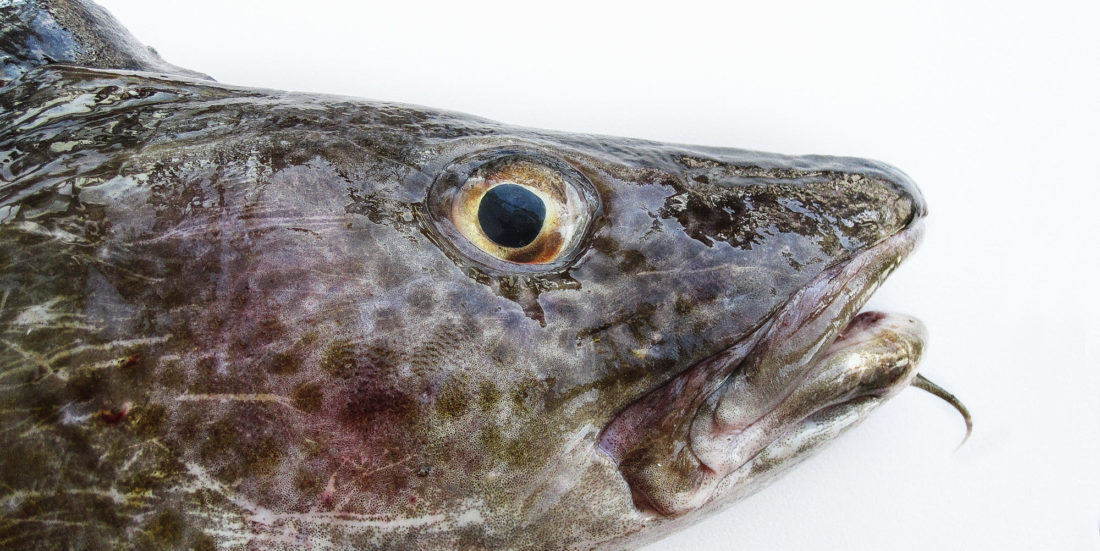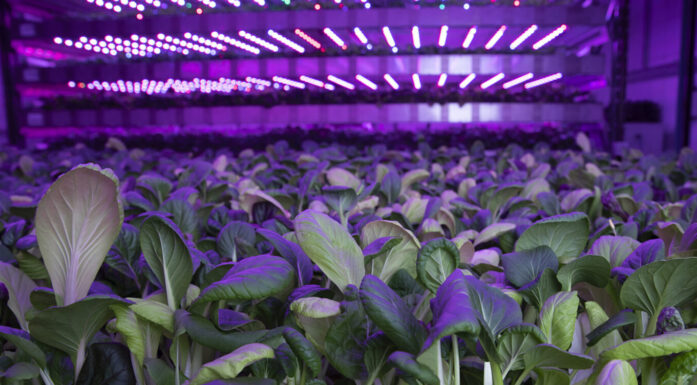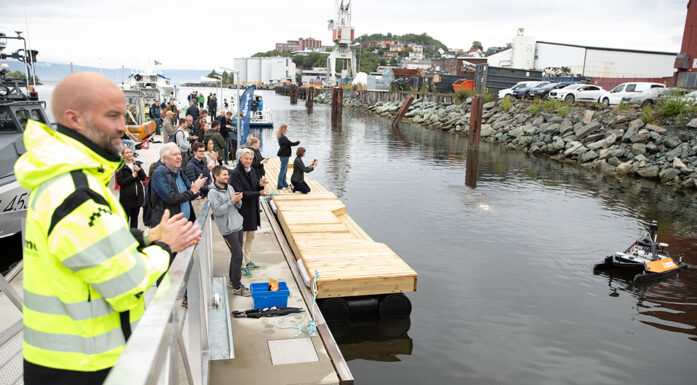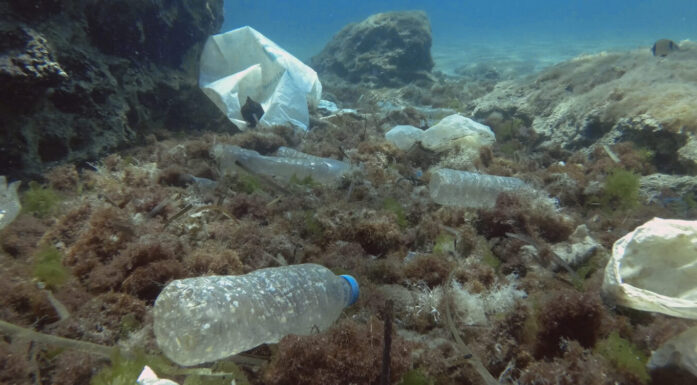Cod under new lens
Norway and Iceland will take a larger share of lightly salted cod to Europe. But first, the fisheries industry will have to develop better methods of salting farmed cod, which actually behaves quite differently than wild fish when it is salted. Among other things, it is more difficult to reach the correct salt concentration in the flesh farmed cod than in those of its wild cousin.
Researchers at NTNU have used nuclear magnetic resonance (NMR) to find out more about the problem. They took tissue samples from both wild and domesticated fish and injected them with different salt concentrations, at different times after harvest. Samples were stored frozen, taken out again and examined under an NMR spectroscope. Here, researchers could measure the weight, bacterial content, salt content and the muscle’s ability to retain water. The method has proven very useful in future efforts to optimize the handling of farmed cod.





